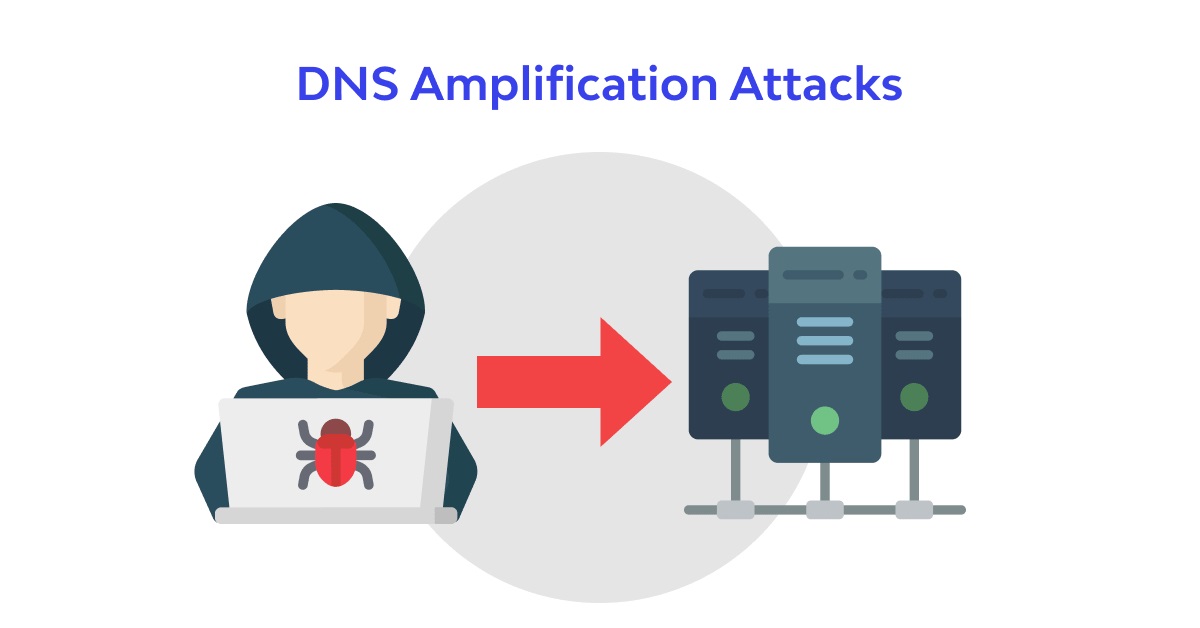In the realm of cybersecurity, Distributed Denial of Service (DDoS) attacks have emerged as one of the most pervasive threats, with DNS amplification attacks being particularly insidious. These attacks exploit the Domain Name System (DNS), leveraging its open nature to amplify the volume of traffic directed at a target, often overwhelming its resources and rendering it inaccessible. For network administrators, understanding and mitigating DNS amplification attacks is crucial to maintaining the integrity and availability of network services. This article delves into the best practices for mitigating these attacks, providing actionable insights for network administrators.
Understanding DNS Amplification Attacks
DNS amplification attacks are a subset of DDoS attacks where the attacker uses the DNS system to flood a target with a large amount of traffic. The attack exploits the fact that DNS queries are much smaller than the responses. An attacker sends a DNS query with a spoofed IP address (the address of the target) to an open DNS resolver. The resolver then responds with a much larger DNS response to the spoofed IP address, thereby amplifying the traffic directed at the target. The amplification factor can be significant, with responses being up to 100 times larger than the original queries.
Best Practices for Mitigating DNS Amplification Attacks
1. Implement Rate Limiting
One of the fundamental strategies to mitigate DNS amplification attacks is to implement rate limiting on DNS servers. By restricting the number of queries a DNS server can respond to within a certain timeframe, administrators can reduce the potential for amplification. Rate limiting helps to ensure that even if an attack is initiated, its impact is minimized.
2. Use DNS Response Rate Limiting (RRL)
DNS Response Rate Limiting (RRL) is a specific technique that limits the number of identical responses sent by a DNS server to clients. RRL helps in preventing a single query from being repeatedly used to generate a large volume of traffic. This technique can be particularly effective in mitigating DNS amplification attacks, as it directly addresses the method attackers use to amplify traffic.
3. Employ Anycast Routing
Anycast routing is a network addressing and routing methodology where the same IP address is assigned to multiple servers in different locations. When a DNS request is made, it is routed to the nearest server in the Anycast network. This method can disperse the traffic load, reducing the impact of a DDoS attack on any single server. Anycast not only improves the resilience of DNS infrastructure but also enhances the overall performance of DNS resolution.
4. Secure Open Resolvers
Open DNS resolvers are the primary tools used in DNS amplification attacks. Network administrators should ensure that DNS resolvers are not open to the public. Instead, resolvers should be configured to only respond to queries from trusted sources. This can be achieved through firewall rules, access control lists (ACLs), and proper DNS server configuration.
5. Monitor Network Traffic
Continuous monitoring of network traffic is essential for early detection and mitigation of DNS amplification attacks. By analyzing traffic patterns, administrators can identify unusual spikes in DNS query traffic that may indicate an ongoing attack. Intrusion detection systems (IDS) and intrusion prevention systems (IPS) can be invaluable tools in this regard, providing real-time alerts and automated responses to potential threats.
6. Implement Web Filtering Solutions
Web filtering solutions can play a significant role in mitigating DNS amplification attacks by preventing malicious traffic from reaching DNS servers in the first place. By blocking known malicious domains and IP addresses, web filtering helps reduce the risk of DNS servers being exploited in amplification attacks. Additionally, web filtering can protect end-users from accessing compromised sites, further enhancing network security.
7. Leverage DNSSEC
Domain Name System Security Extensions (DNSSEC) add an additional layer of security to the DNS by enabling DNS responses to be validated. DNSSEC helps prevent cache poisoning and other DNS-related attacks. While DNSSEC does not directly prevent amplification attacks, it contributes to a more secure DNS infrastructure, making it harder for attackers to manipulate DNS data.
8. Employ Network Firewalls and DDoS Mitigation Services
Network firewalls and specialized DDoS mitigation services can provide robust protection against DNS amplification attacks. These solutions can filter out malicious traffic before it reaches DNS servers, reducing the impact of an attack. DDoS mitigation services, in particular, use advanced techniques to detect and mitigate large-scale attacks, ensuring the availability of network resources.
9. Educate and Train Network Staff
Continuous education and training of network staff are vital for maintaining a strong security posture. Network administrators should be well-versed in the latest attack vectors and mitigation techniques. Regular training sessions and drills can help ensure that the team is prepared to respond effectively to DNS amplification attacks and other cybersecurity threats.
Conclusion
DNS amplification attacks pose a significant threat to network availability and integrity. However, with a comprehensive approach that includes rate limiting, RRL, Anycast routing, securing open resolvers, network traffic monitoring, web filtering solutions, DNSSEC, and robust firewall and DDoS mitigation strategies, network administrators can effectively mitigate these attacks. Additionally, continuous education and training of network staff are essential to staying ahead of emerging threats.
By implementing these best practices, network administrators can protect their infrastructure from the devastating effects of DNS amplification attacks, ensuring the continuous availability and reliability of their network services. In an era where cyber threats are constantly evolving, staying vigilant and proactive is the key to maintaining robust network security.




